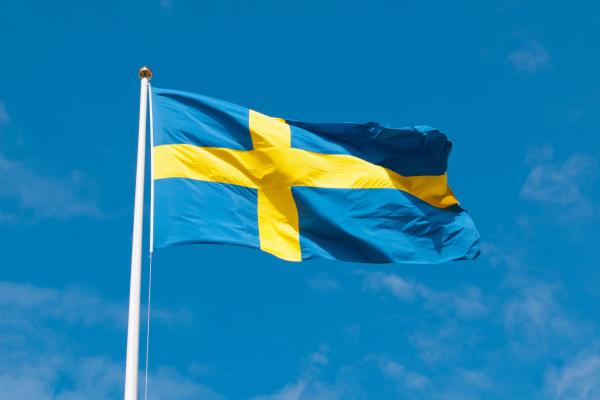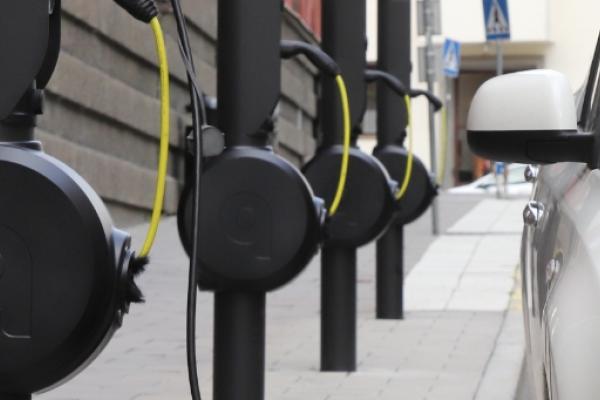
Published on 2020-12-21. Republished on 2022-02-09
As contribution to the 2020 Sustainable Transport Forum (STF), the final report 'Recommendations for public authorities on: procuring, awarding concessions, licenses and/ or granting support for electric recharging infrastructure for passenger cars and vans' has been published by DG MOVE on the 18th of December 2020. The report has been drawn up for the Sustainable Transport Forum by the European Commission with the assistance of the EAFO Consortium and in particular TNO and POLIS, both under the EAFO 2.0 contract with the European Commission.
The STF detailed recommendations report is meant to provide practical guidelines for public authorities that are either looking to procure recharging infrastructure or to award concessions for their roll-out and/or operation, possibly linked to the granting of government support. By offering an overview of best and innovative practices by frontrunners, the STF aimed to develop a set of minimum recommendations to public authorities seeking to support the deployment of recharging infrastructure in their territories.
Please find the proofread and edited final version of the STF Recommendations Report here: Download the full report.
We expect to be able to publish a summary Handbook early January. This will be followed by a targeted campaign by POLIS to raise awareness and make publicity about the Recommendations to regional and local public authorities, so that the Recommendations can fully serve their purpose and help other authorities in their tender procedures for recharging infrastructure. You are of course also invited to distribute the Recommendations further.
On top of this, DG MOVE published the call for applications for the sub-group on best practices of public authorities to support the deployment of recharging infrastructure, which will further the work on the 2020 STF Recommendations for public authorities for procuring, awarding concessions, licences and/or granting support for electric recharging infrastructure, generating a (bi-)annual update to ensure the Recommendations remain relevant for public authorities. The sub-group shall moreover function as a platform for exchange between public authorities on all matters to promote and facilitate the development of high quality recharging infrastructure. This includes for example possible approaches to harmonization and simplification of permitting procedures, harmonization and simplification of grid connection procedures, etc.
Please note that two other calls for applications have been published simultaneously, which may also be of interest to you. It concerns the calls for applications for the following two new STF sub-groups:
- On governance and standards for communication exchange in the electromobility ecosystem
- On a common data approach for electric mobility and other alternative fuels
The call for applications are available on the dedicated Sustainable Transport Forum webpage: https://ec.europa.eu/transport/themes/clean-transport-urban-transport/clean-power-transport/sustainable-transport-forum-stf_en
Deadline for applications is 1 February 2021. We would of course warmly welcome you to respond to the calls for applications! NB: public authorities do not have to respond to the calls for application as they can be made members of the sub-group by direct invitation of the Director-General of DG MOVE.



